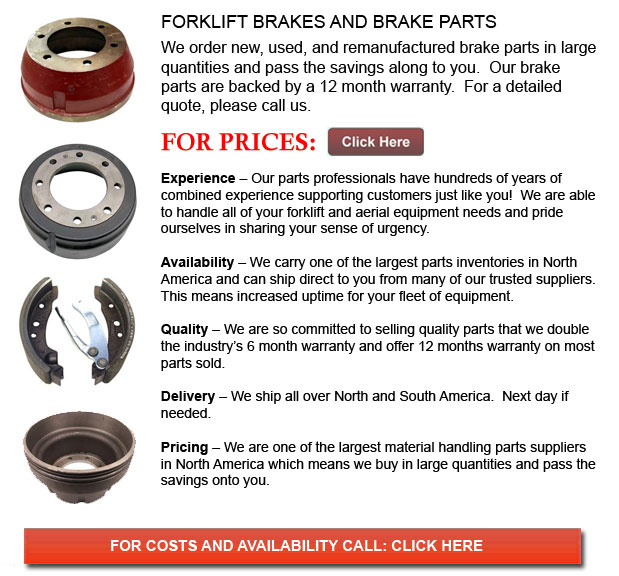
Brake for Forklift - A brake wherein the friction is provided by a set of brake pads or brake shoes that press against a rotating drum unit referred to as a brake drum. There are a few particular differences among brake drum types. A "brake drum" is commonly the explanation provided whenever shoes press on the inner outside of the drum. A "clasp brake" is the term used to be able to describe if shoes press against the outside of the drum. Another kind of brake, called a "band brake" makes use of a flexible band or belt to wrap round the exterior of the drum. If the drum is pinched in between two shoes, it could be known as a "pinch brake drum." Similar to a standard disc brake, these kinds of brakes are somewhat rare.
Early brake drums, before 1955, needed to be constantly adjusted so as to compensate for wear of the shoe and drum. "Low pedal" could cause the required adjustments are not done satisfactorily. The vehicle can become dangerous and the brakes could become useless whenever low pedal is mixed with brake fade.
There are some different Self-Adjusting systems utilized for braking accessible nowadays. They can be classed into two separate categories, the RAD and RAI. RAI systems are built in systems which help the device recover from overheating. The most recognized RAI makers are Bendix, Lucas, Bosch and AP. The most famous RAD systems consist of Volkswagen, VAG, AP, Bendix and Ford recovery systems.
The self adjusting brake would normally only engage if the vehicle is reversing into a stop. This method of stopping is satisfactory for use whereby all wheels utilize brake drums. Disc brakes are utilized on the front wheels of vehicles nowadays. By operating only in reverse it is less likely that the brakes will be adjusted while hot and the brake drums are expanded. If adapted while hot, "dragging brakes" could take place, which increases fuel consumption and accelerates wear. A ratchet mechanism that becomes engaged as the hand brake is set is one more way the self adjusting brakes may work. This means is just appropriate in functions where rear brake drums are used. When the parking or emergency brake actuator lever exceeds a certain amount of travel, the ratchet improvements an adjuster screw and the brake shoes move toward the drum.
Placed at the bottom of the drum sits the manual adjustment knob. It can be tweaked using the hole on the opposite side of the wheel. You will have to go underneath the vehicle together with a flathead screwdriver. It is extremely essential to be able to adjust each wheel evenly and to move the click wheel correctly because an unequal adjustment could pull the vehicle one side during heavy braking. The most effective way to guarantee this tedious task is completed carefully is to either lift each and every wheel off the ground and spin it manually while measuring how much force it takes and feeling if the shoes are dragging, or give every\each and every one the same amount of clicks utilizing the hand and then do a road test.
![]() Click to Download the pdf
Click to Download the pdf
Forklift Parts
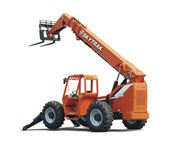
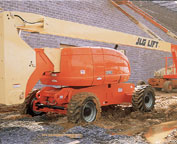
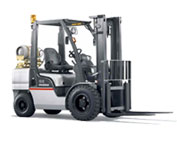
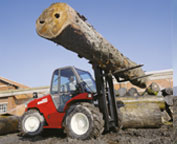
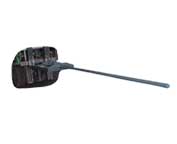
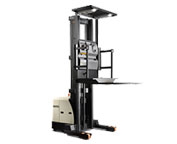
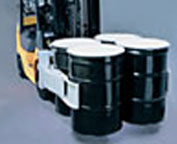
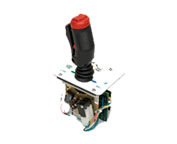
Lift Parts Express
TOLL FREE: 1-888-695-7994
LOCAL: 520-468-6001
2509 N Campbell Avenue Suite 388
Tucson, Arizona
forkliftpartstucson.com
Email Us
About Us


